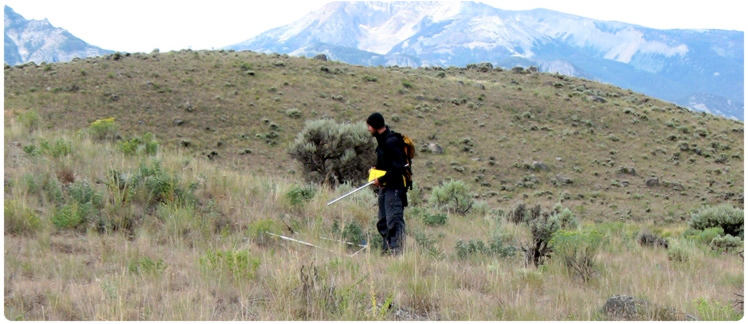Evaluation & Prioritizing
Evaluating Potential Management Alternatives. After monitoring and determining that a population is invasive (covered here), or needs to be managed for some other reason, the next step is to evaluate potential
control or management practices. This is a critical step during which you will determine
if the practices will 1) be effective in helping you reach your management goals,
and 2) have unacceptable off target impacts. If control or management practices are applied at a large scale without proper evaluation,
you run the risk of wasting time and money and/or causing more harm than good. ![]()
Prioritizing Populations for Management. After control or management practices have been evaluated and deemed acceptable, populations
can be prioritized for management using a probability of occurrence map. Prioritizing
management of populations is another way in which time and money can be saved. You
can set the level of management priority based on the degree of invasiveness. This
focuses your efforts on populations that need to be managed, and helps you avoid spending
time and money managing populations which may have little impact on your management
goals.![]()
Evaluating Continued NIS Management Success. Once an NIS management plan is enacted across the entire management area (i.e. at
the large scale) evaluations of overall management success should be conducted regularly
(i.e. every 1-3 seasons) to determine if the NIS management is helping to meet the
overall land management goals, if it is still being consistently effective, or if
it needs to be modified or stopped for any reason (such as off target impacts).


